This dissertation writing process is among the most challenging endeavors any student is bound to experience in his or her lifetime. It requires a lot of investigation and analysis of information processing. Whereby the capacity to write down the given document and support it with well-constructed arguments. For many students, the dissertation may become a rather difficult task that requires a great amount of time and effort. Due to this stress, students seek professional dissertation help to make the experience and process smoother and more productive. While this support is beneficial to the writing process, the accomplishment that it brings is an important part of students’ learning process.
Enhancing Research Skills
The most important value that can be obtained from searching for dissertation help is the improvement of research skills. A dissertation requires research using various sources such as; scholarly articles, books, and data information from databases. For the students who may not have the idea of how to conduct such research to that extent, getting professional help is always an added advantage. Dissertation help services assist students in choosing relevant sources and methods of research as well as in managing information properly.
In these services, tutors are known to help students to understand how they lack originality in their writing, analyze existing work. And how they can create an argument that is different from other such works.
Improving Academic Writing
Most dissertation help services like the Dissertation Editing Services Dubai offer students feedback on their writing style, structure as well as content. This feedback is especially helpful for students who may not understand formal academic writing style, follow complicated arguments, or meet the organizational framework of a dissertation.
It also leads to not only the improvement of the quality of the prepared dissertation. But also in the general academic writing skills of a student. In the process, students can gain increased confidence especially when presenting ideas in an elaborated manner.
Understanding Complex Concepts
Since dissertations involve a student’s independent learning, these papers usually entail the analysis of specific theories, methods, and discussions prevalent within the student’s field of study. Regarding these issues, people manage to get confused easily. Dissertation help services have a significant role in making these ideas easier to understand especially when broken down.
Not only do students practice these concepts within the context of the dissertation. They gain knowledge about it from experts in their field. It also enables the work to go beyond the dissertation and enhances the student’s learning and preparation for future academic research or professional endeavors.
Time Management and Organization
Another difficulty that arises when writing a dissertation is some confusion regarding time as well as organization. Students are often able to find dissertation help which will make the task easier to manage. Because it will have been divided into sections.
Improving Confidence Level and Stress Level
It is noteworthy that the process of writing a dissertation is rather stressful, which affects students’ anxiety and self-uncertainty. The desire to avoid failure or the strive to maintain good academic performance can negatively affect a student’s performance. Several dissertation help services ensure the students that they have a helping hand available to them during this difficult some of the firms include; Dissertation Editing Services Dubai.
Expert help can be very beneficial, especially in strengthening a student’s performance during organization. The fact that one’s work will go through the efforts of experts reduces most of the pressure a student may feel while working on their dissertation. This kind of positive reinforcement allows the students to get more involved with their study and writing. Thus promotes students’ academic growth.
Receiving Constructive Feedback
Instructional comments are critical to learning progression in a student’s academic experience. Dissertation help services review students’ works with more detail and identify sections that need improvements. And how they can be done. This feedback is not only for the improvement of the current dissertation. But also for the improvement of student’s academic skills.
Growing up the students adapt to the policy of constructive criticism, regarding criticism as a way to improve. If they know those flaws they can correct them. And it can help in compiling better critical paper assessments from the writing style to the arguments used in the paper or the research methodology employed in the process. All these primarily result in the generation of a better-compared and academically refined research-based dissertation.
Learning the Editing Process
Proofreading is one of the most complicated yet essential stages in dissertation writing for many learners. Dissertation services that offer services such as Dissertation Editing Services Dubai offer editing services that involve going through the document and making corrections on issues such as grammar, syntax, structure, and formatting among others that are in line with the standards of the specific field of study. With the help of professional editors, students realize that strengthening and reviewing one’s work are meaningful steps in the process of writing and therefore are necessary steps when writing an academic paper.
They pay even more attention when it comes to writing and gain some understanding of how to recognize and correct the mistakes frequently tend to make – all these contributing to enhanced quality writing.
Conclusion
Dissertation help services do not only include helping the students complete their papers; the services play a crucial role in the improvement of students’ research, writing, and analytical abilities. As such services provide assistance, requisite advice, and constructive criticism, they help a lot regarding a student’s learning process; the concept of
Dissertation Editing Services Dubai included. In particular, students find it easier to learn concepts that may have hitherto been difficult for them to grasp, get organized to meet personal or class-set deadlines, as well as develop self-confidence in their academic success.
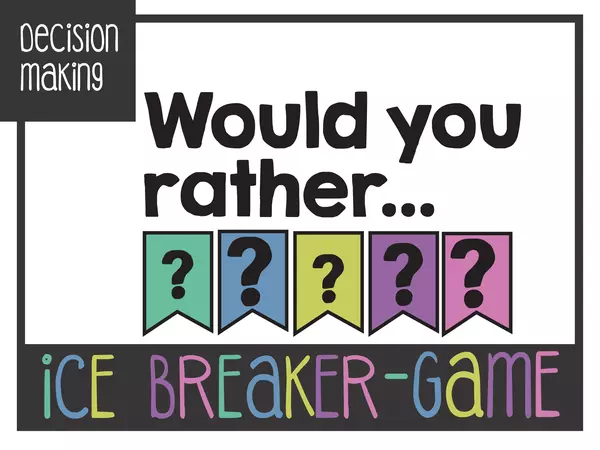

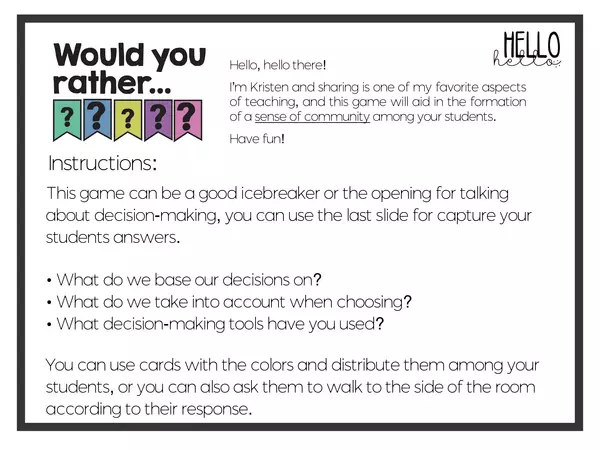
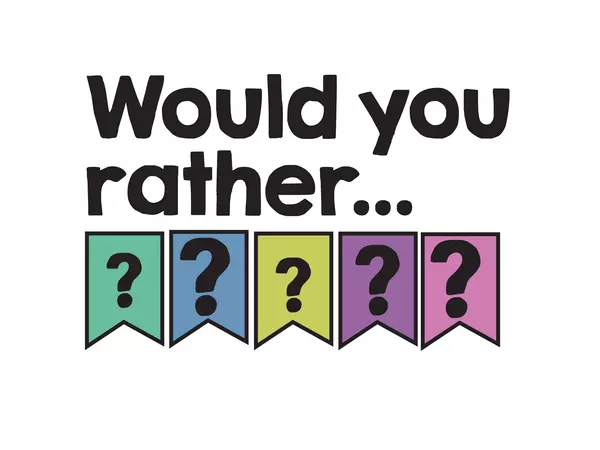
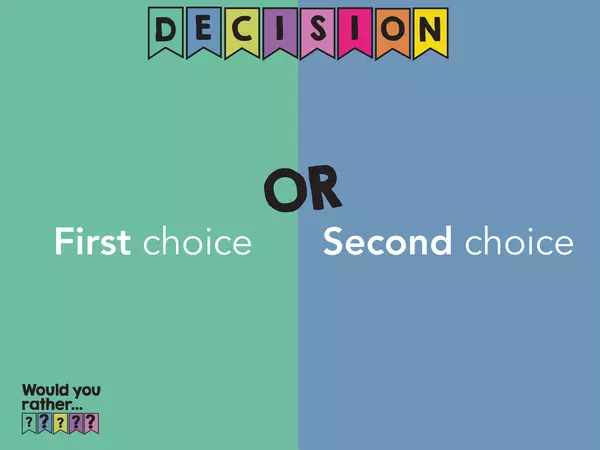

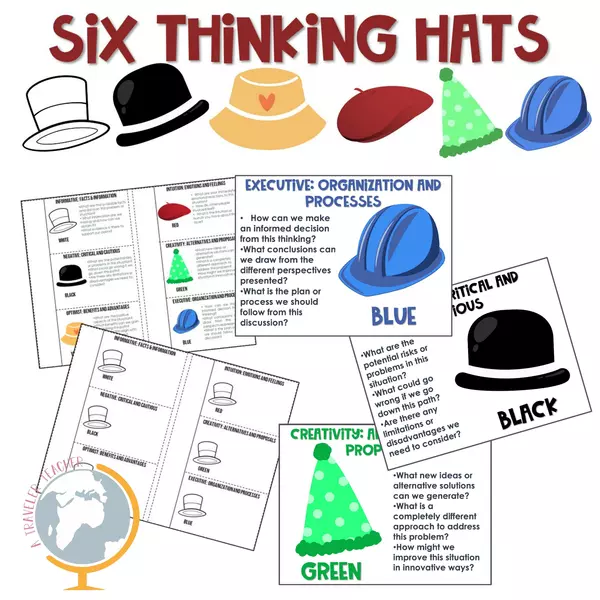
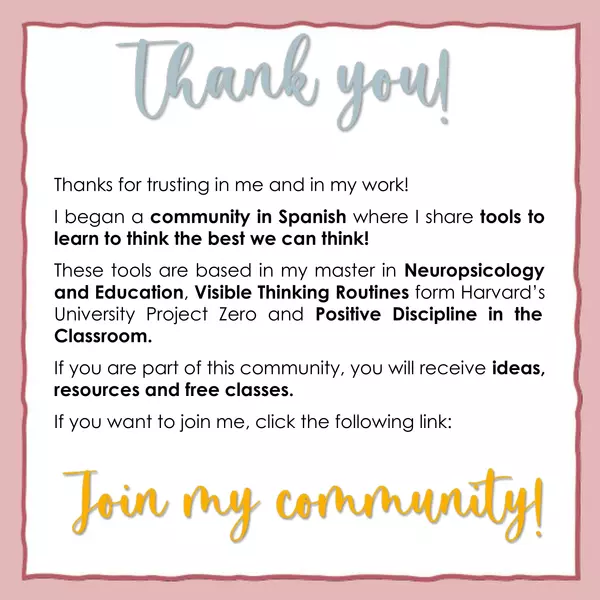
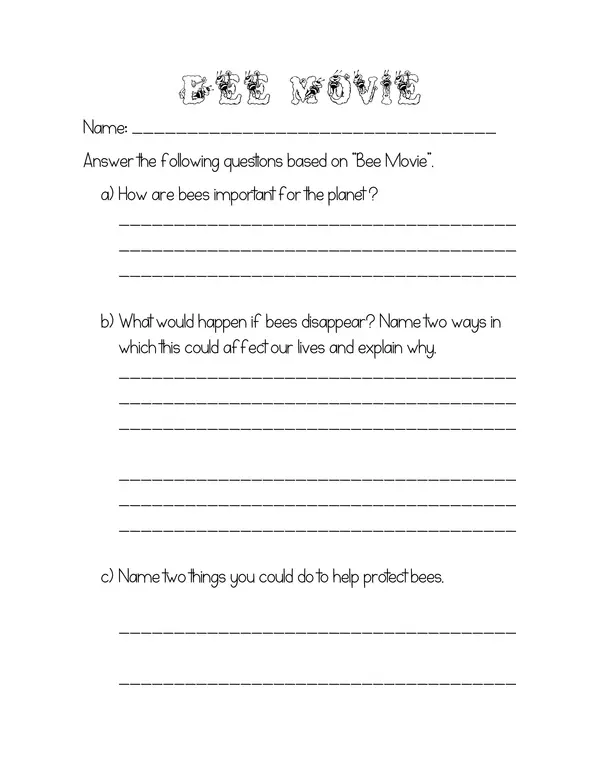
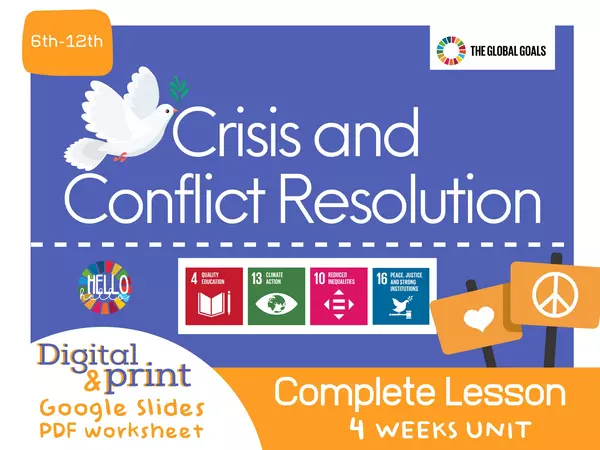
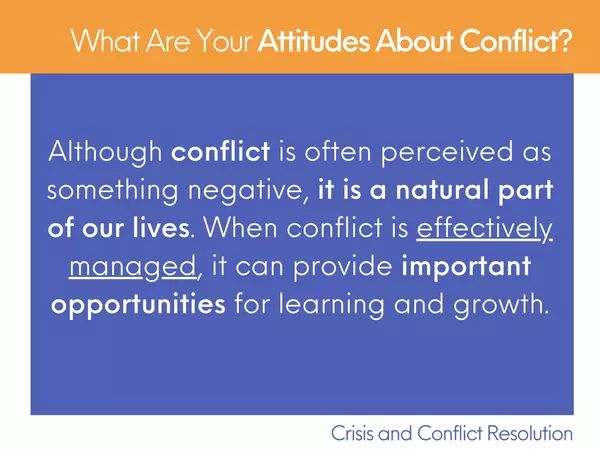
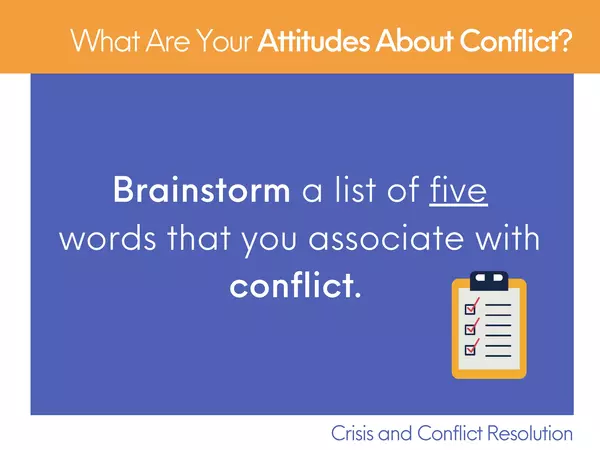
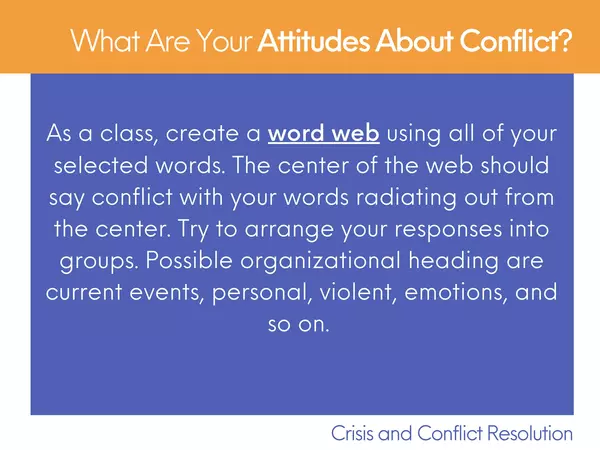
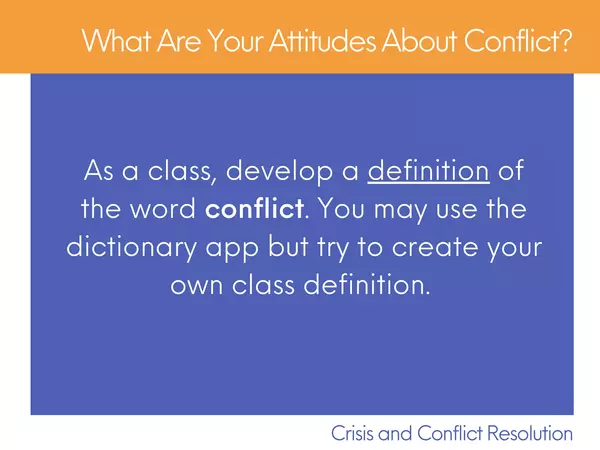
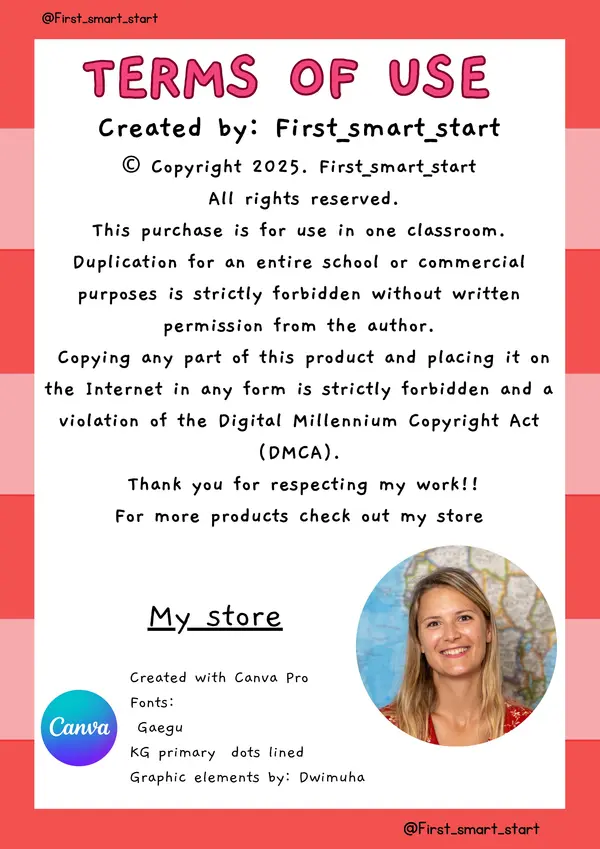
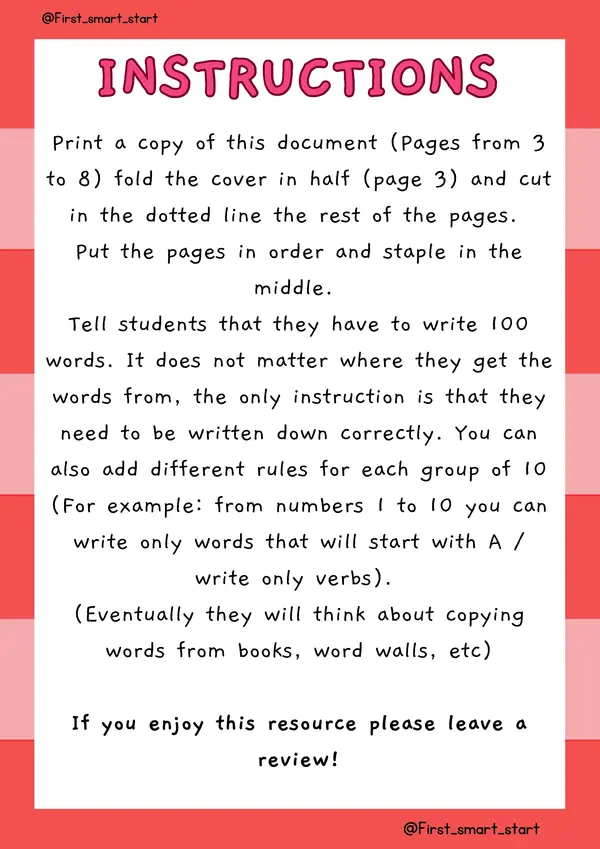
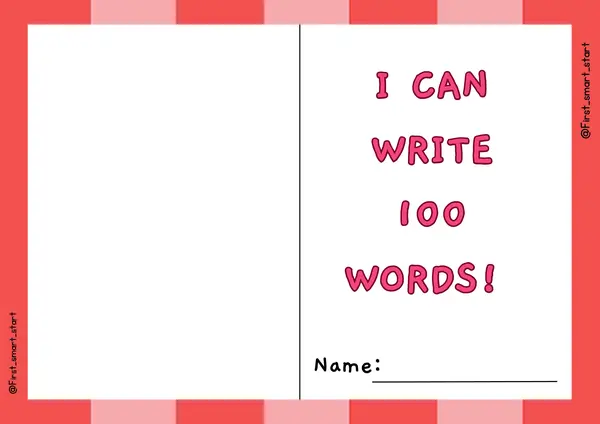
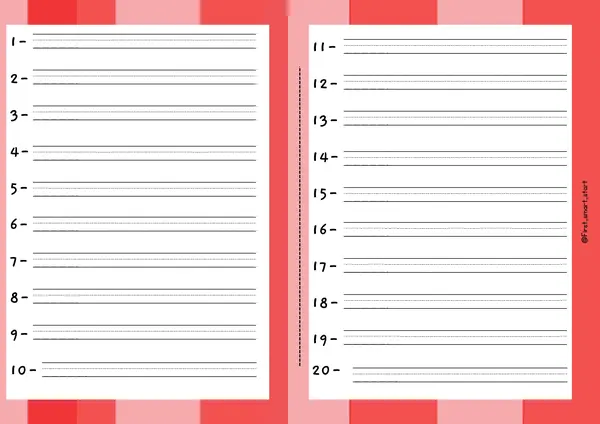
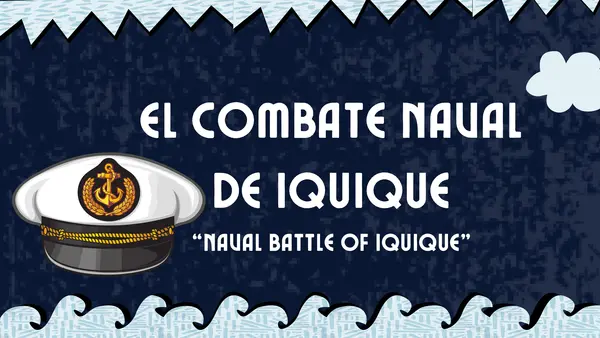
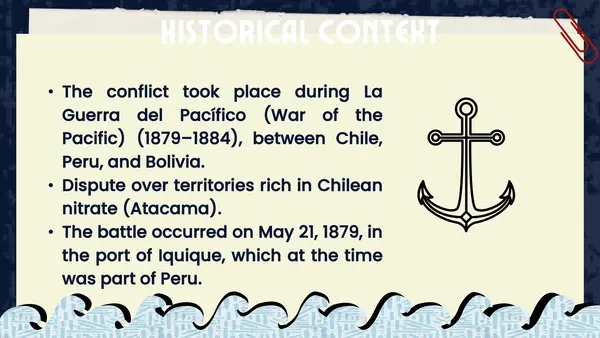
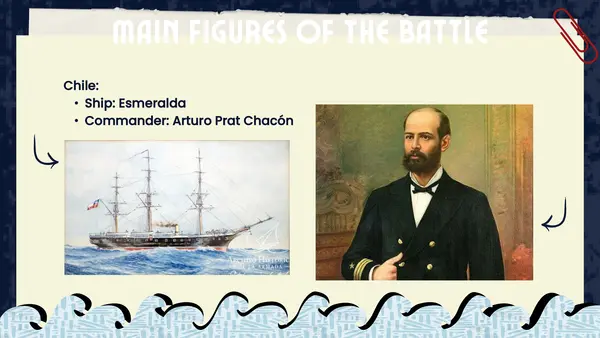
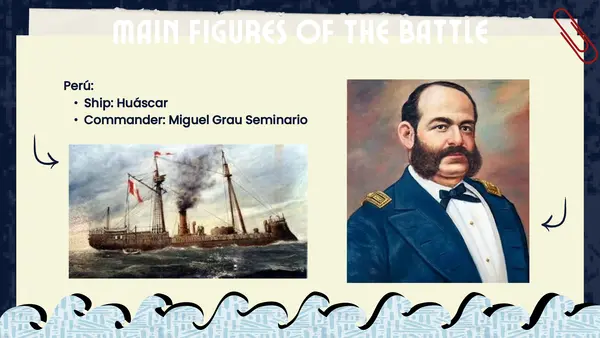
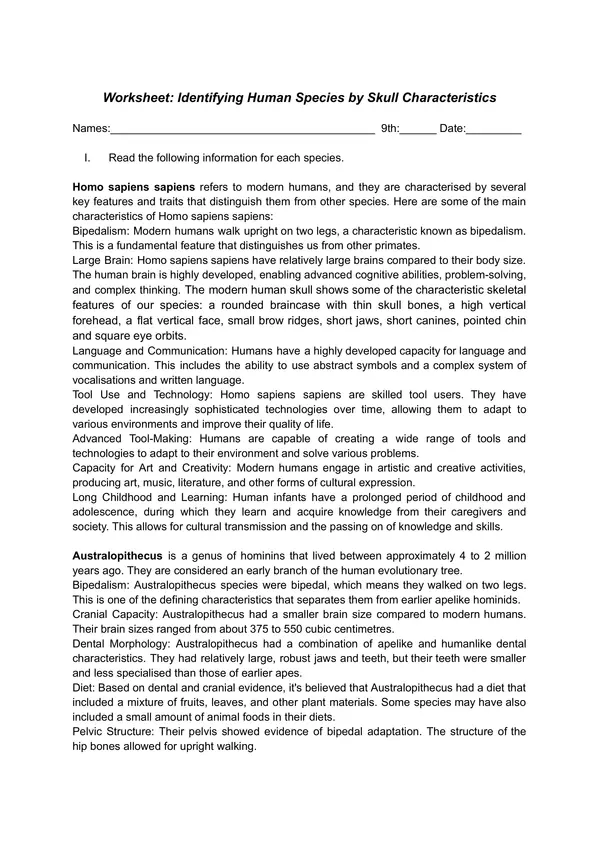
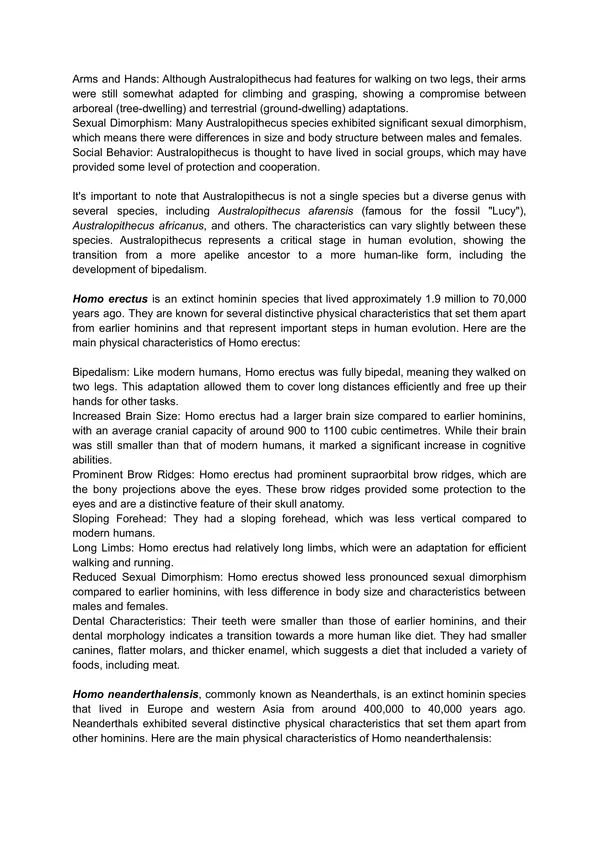
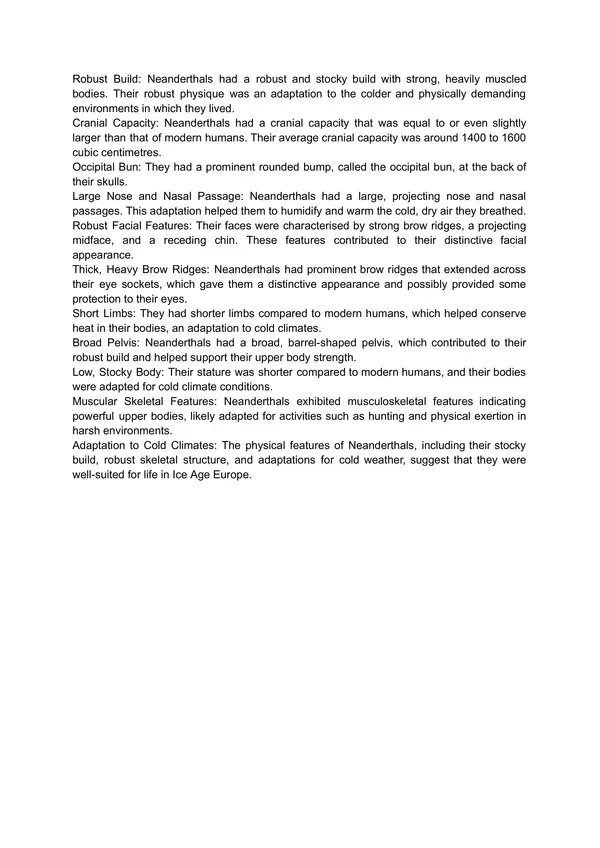
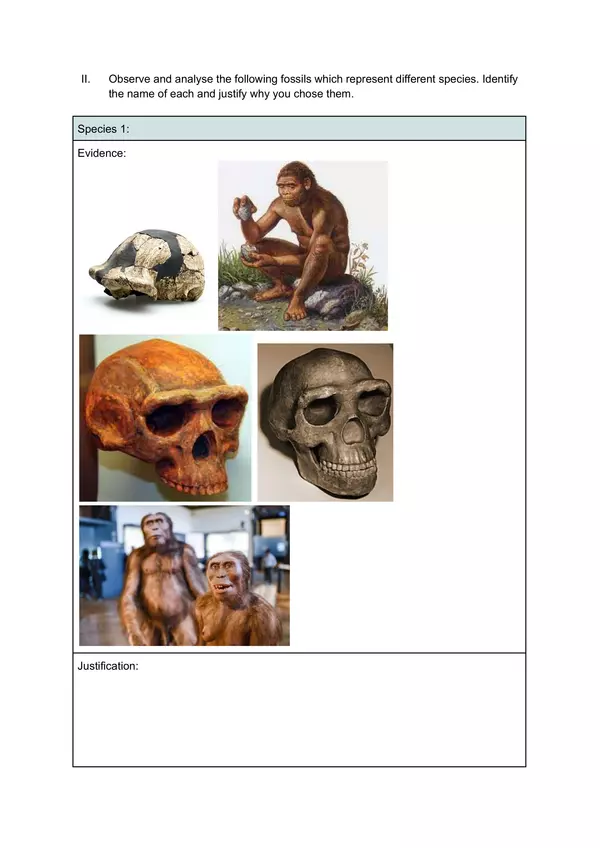
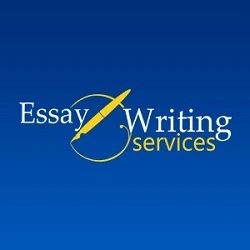
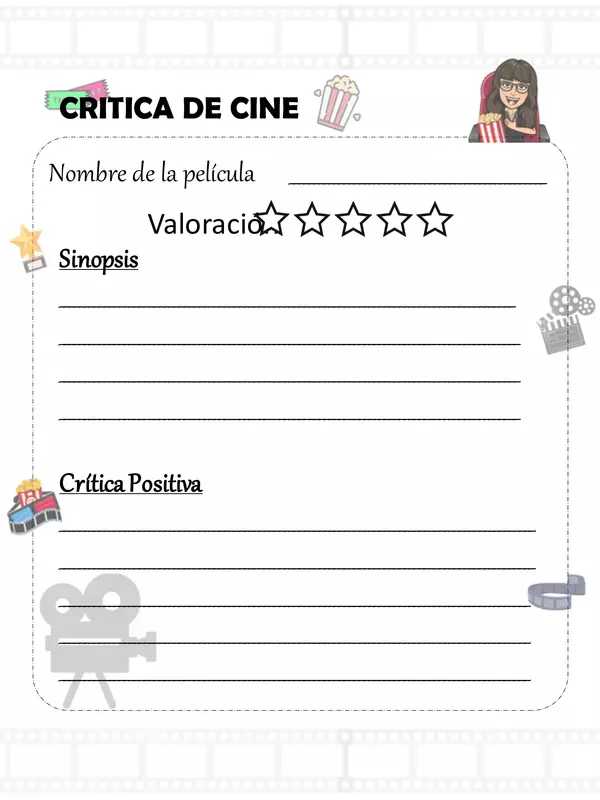
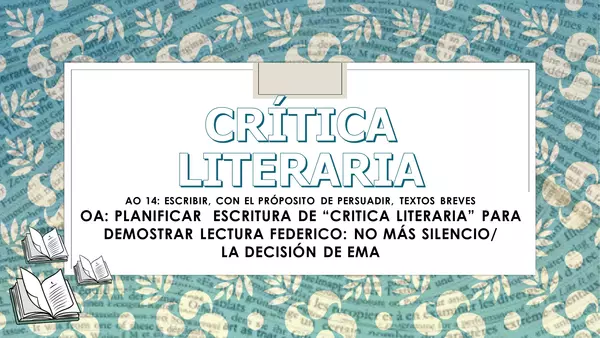
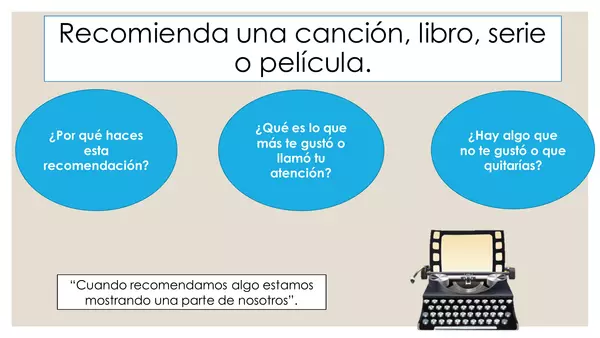
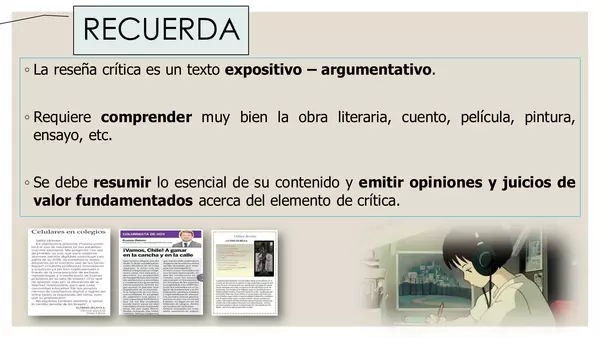
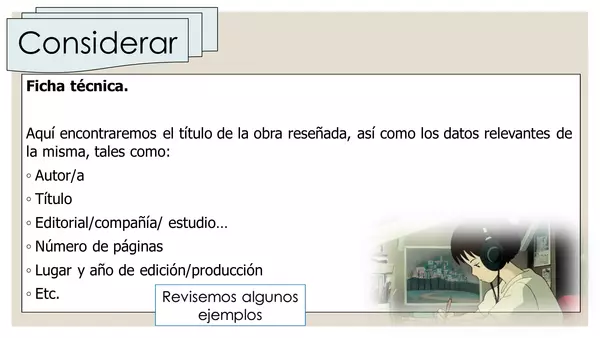
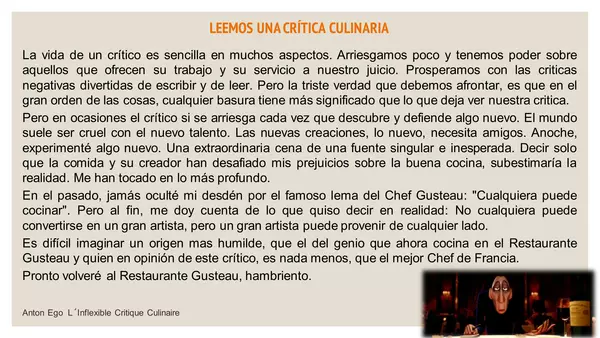
There are no comments yet, write one yourself!